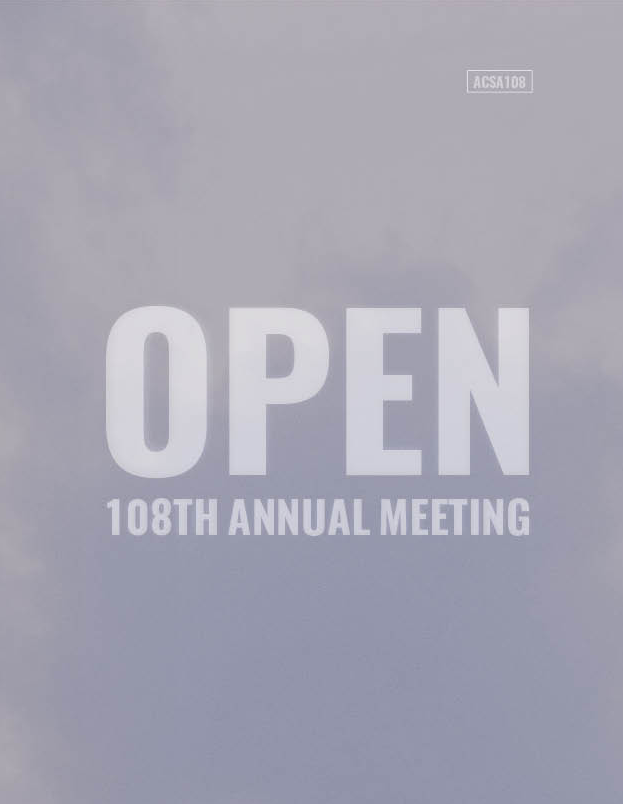Author(s): Fang Xu
The rise of computer-generated imagery has significantly changed the landscape of architectural visualization. However, the digital turn brings little shift to the role of visualization in the architectural design process. Post-design visualization remains a dominant paradigm in practice. This paper advocates the development and adoption of pre-design visualization methods. Pre-design visualization transforms architectural visualization from a discrete and post-design task into a general action ubiquitous in all design stages and preceding formal decisions. Pre-design visualization affords a real-time visualized design environment that generates and fuses massive visual data of essential design information. Such a design environment considerably augments the dialogue between the architect and the formal scheme under development, facilitating informed decision-making in a cyclical design process. The paper demonstrates the strengths of pre-design visualization through three real-time design games that the author developed. These games allow the architect to initiate, modify, and evaluate design schemes in an interactive 3D environment that features visualized physical contexts, adaptable weather and daylight systems, human performance simulation, visualized design parameters and statistics, and design evaluation tools. The following discussion illuminates the practical values of pre-design visualization for architects and different actors and stakeholders in multiple design scenarios. The paper is concluded by a discussion of immediate research directions for pre-design visualization: interoperability of pre-design visualization tools with mainstream design programs in a data-driven, computational design workflow, simulation of complex person-environment interactions, and flexibility in media deployment.
https://doi.org/10.35483/ACSA.AM.108.49
Volume Editors
ISBN
978-1-944214-26-5

 Study Architecture
Study Architecture  ProPEL
ProPEL 
